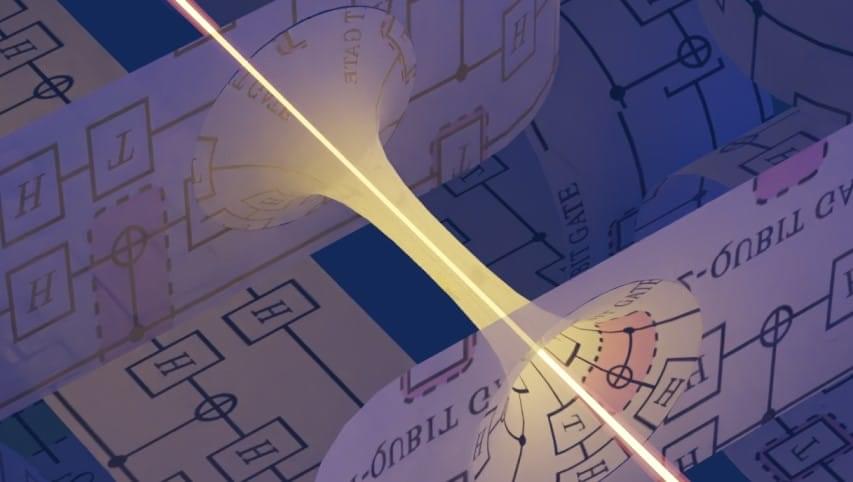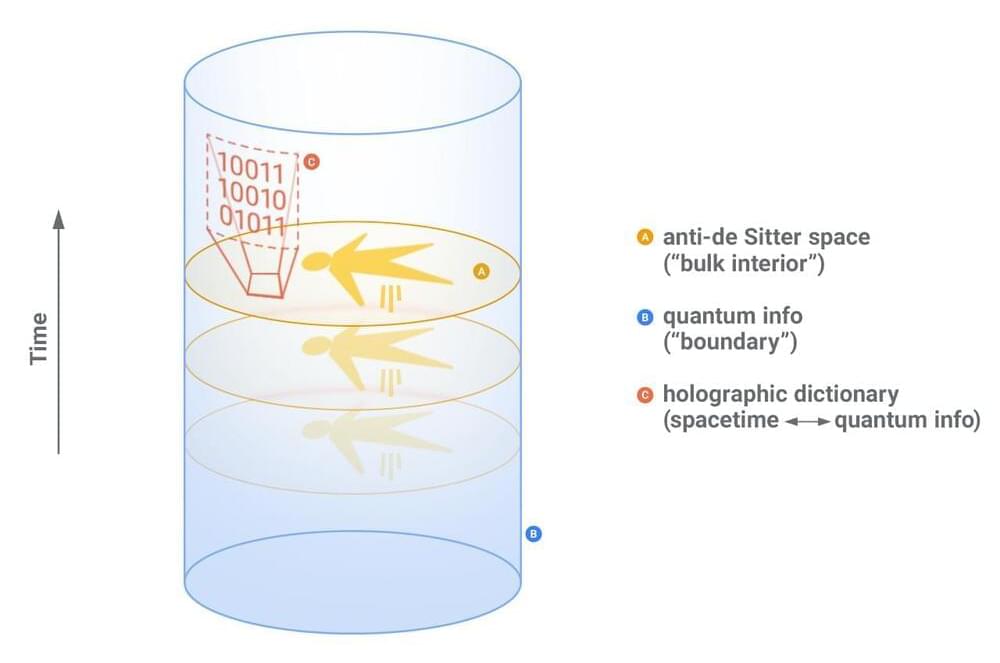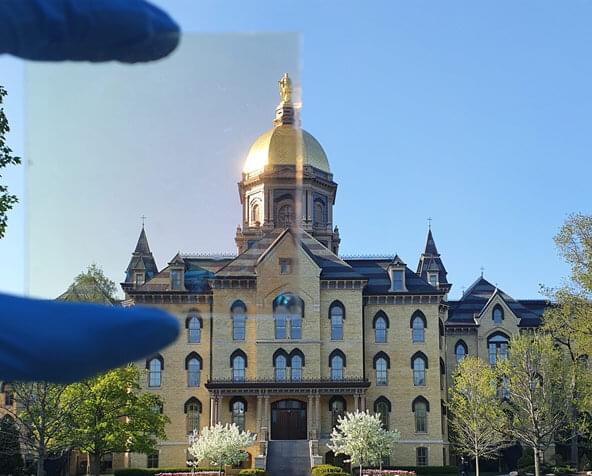The equivalent to a wormhole in spacetime has been created on a quantum processor. Researchers in th.
Center for AI Safety
Posted in robotics/AI
Wormholes — wrinkles in the fabric of spacetime that connect two disparate locations — may seem like the stuff of science fiction. But whether or not they exist in reality, studying these hypothetical objects could be the key to making concrete the tantalizing link between information and matter that has bedeviled physicists for decades.
Surprisingly, a quantum computer is an ideal platform to investigate this connection. The trick is to use a correspondence called AdS/CFT, which establishes an equivalence between a theory that describes gravity and spacetime (and wormholes) in a fictional world with a special geometry (AdS) to a quantum theory that does not contain gravity at all (CFT).
In “Traversable wormhole dynamics on a quantum processor”, published in Nature today, we report on a collaboration with researchers at Caltech, Harvard, MIT, and Fermilab to simulate the CFT on the Google Sycamore processor. By studying this quantum theory on the processor, we are able to leverage the AdS/CFT correspondence to probe the dynamics of a quantum system equivalent to a wormhole in a model of gravity. The Google Sycamore processor is among the first to have the fidelity needed to carry out this experiment.
Elon Musk’s brain interface company is planning an event to show its latest efforts to connect brains and computers.
@Meet Kevin is a 30-year-old dad and financial analyst. He’s amassed a following of nearly 2 million subscribers on YouTube with his large library of financial content. He recently ran for California governor and owns a lot of Tesla stock.
Meet Kevin’s YouTube: https://www.youtube.com/@MeetKevin.
Neura Pod is a series covering topics related to Neuralink, Inc. Topics such as brain-machine interfaces, brain injuries, and artificial intelligence will be explored. Host Ryan Tanaka synthesizes informationopinions, and conducts interviews to easily learn about Neuralink and its future.
Twitter: https://www.twitter.com/ryantanaka3/
Support: https://www.patreon.com/neurapod/
Please consider supporting by joining the channel above, or sharing my other company website with retirees: https://www.reterns.com/. Opinions are my own. Neura Pod receives no compensation from Neuralink and has no affiliation to the company.
More people are opting to go vegetarian or vegan as factory farming’s impact on the planet becomes more apparent. But one carnivorous delight they may not have to give up is bacon, especially if they’re willing to be a bit flexible. A Dutch startup has been working on cultured bacon for a few years now, and New York-based MyForest Foods is producing a bacon substitute made from mushroom roots. They’ll soon have a competitor that will tempt consumers’ palates with yet another variety, this one made from a most unexpected source: seaweed (though to be fair, mushroom root is a pretty unexpected source for imitation bacon too).
Seaweed is good for you; it contains iodine as well as critical nutrients and antioxidants. But it doesn’t have the greatest taste (though this is admittedly a matter of personal preference; plenty of people love to snack on roasted sheets of the stuff). Umaro Foods, based in Berkeley, California, think they’ve found the perfect combination of ingredients to make seaweed taste—and feel—like bacon.
They start with red seaweed protein, which they say accounts for the bulk of the final product’s meaty taste, color, and texture. They add chickpea protein, which contains fatty acids and amino acids. Coconut oil and sunflower oil provide the fat, and spices like paprika and sea salt boost the flavor. Red radish juice adds color to make it all look more like real bacon. The product has a little less protein than real bacon, and about the same amount of fat.
Cooling accounts for about 15 percent of global energy consumption. Conventional clear windows allow the sun to heat up interior spaces, which energy-guzzling air-conditioners must then cool down. But what if a window could help cool the room, use no energy and preserve the view?
Tengfei Luo, the Dorini Family Professor of Energy Studies at the University of Notre Dame, and postdoctoral associate Seongmin Kim have devised a transparent coating for windows that does just that.
The coating, or transparent radiative cooler (TRC), allows visible light to come in and keeps other heat-producing light out. The researchers estimate that this invention can reduce electric cooling costs by one-third in hot climates compared to conventional glass windows.
Using collagen from pig skin, Swedish researchers created an artificial cornea that reversed blindness in 14 people.
Physicists have simulated a black hole in a lab. Then it started glowing.
This allowed the team to realise that their black hole analogue may help explain so-called “Hawking radiation”, theorised to be emitted by black holes in nature.
Their analysis of the black hole in a bottle is presented in a paper published in the Physical Review Research journal.









